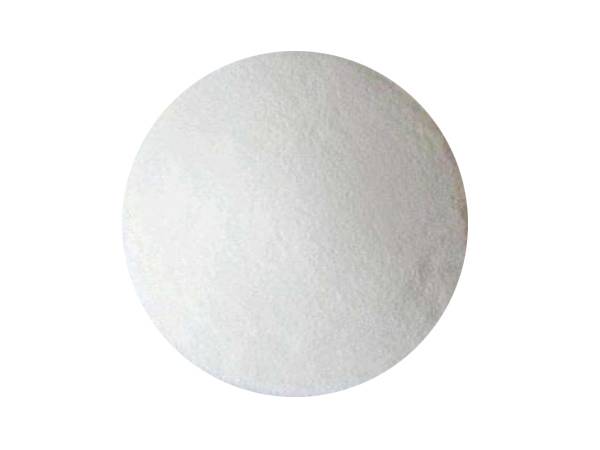



preparation of potassium ethyl xanthate
Preparation of Potassium Ethyl Xanthate A Comprehensive Overview
Potassium ethyl xanthate (KEX) is a chemical compound widely utilized in the field of mineral processing, particularly in the flotation of non-ferrous metal ores. It serves as a collector agent, enhancing the separation of valuable minerals from gangue during the flotation process. The preparation of potassium ethyl xanthate involves several steps that require careful handling and precise conditions to ensure high yield and purity.
Chemical Background
Potassium ethyl xanthate is classified as a xanthate, which is an ester of xanthic acid. Its basic structure consists of a xanthate group attached to an ethyl group, and its chemical formula is C2H5OCS2K. This compound is formed through the reaction between potassium hydroxide and ethyl alcohol in the presence of carbon disulfide. The potent thiol group in xanthates makes them effective in metal ion complexation and flotation processes.
Preparation Process
The synthesis of potassium ethyl xanthate typically involves three main steps
1. Formation of Ethyl Xanthate The reaction usually begins by mixing carbon disulfide (CS2) with potassium hydroxide (KOH) to create potassium xanthate. The KOH should be added in a stoichiometric amount to ensure complete reaction with CS2. This step is crucial as it establishes the xanthate necessary for the subsequent reactions.
preparation of potassium ethyl xanthate

2. Esterification Reaction Following the formation of potassium xanthate, ethyl alcohol (ethanol) is introduced into the reaction mixture. The mixture is stirred at room temperature or under controlled heating to initiate the esterification process. The reaction between the potassium xanthate and ethanol results in the release of potassium ethyl xanthate, alongside the generation of K2CS3 as a byproduct. This step is sensitive to temperature and the presence of water, as excessive moisture can lead to hydrolysis, yielding unwanted byproducts.
3. Purification After the reaction, the resulting solution contains potassium ethyl xanthate along with residual reactants and other byproducts. The purification process typically involves crystallization or filtration techniques. The crude product is often dissolved in a suitable solvent, such as water or alcohol, and allowed to crystallize to yield pure potassium ethyl xanthate. The purified product can be further characterized using various analytical techniques such as NMR, IR spectroscopy, and mass spectrometry.
Safety Considerations
It is important to note that the materials used in the preparation of potassium ethyl xanthate are hazardous. Carbon disulfide, for example, is toxic and has the potential to cause serious health effects upon exposure. Therefore, appropriate safety measures, including the use of personal protective equipment (PPE) and working in a fume hood, should be implemented throughout the preparation process.
Conclusion
The preparation of potassium ethyl xanthate is a significant process in the realm of mineral processing. By understanding the steps involved and adhering to safety protocols, chemists can efficiently synthesize this valuable compound. Its effective role as a collector in flotation processes makes it essential for the extraction of metals, thus contributing to the broader field of resource management and sustainable mining practices.
-
Effective Deionized Water Disinfectant Solutions for Healthcare & Industrial UseNewsNov.24,2025
-
Commonly Used Disinfectant for Drinking Water – Global Uses & InnovationsNewsNov.23,2025
-
Chemical to Disinfect Water – Essential Solutions for Safe, Clean Drinking WaterNewsNov.23,2025
-
Blue Water Disinfectant: Safeguarding Global Water Quality with InnovationNewsNov.22,2025
-
Bleaching Powder for Water Disinfection – Affordable & Effective Water Treatment SolutionNewsNov.22,2025
-
Bleaching Powder Drinking Water: Effective, Affordable Disinfection WorldwideNewsNov.21,2025
-
Essential Guide to a Chemical Used to Disinfect Water | Global Water SafetyNewsNov.21,2025










